
Jasper Johns
Untitled 1977-1980
Lithograph
34 1/4 x 30 1/4 in.
Edition of 60
Pencil signed, dated and numbered
About the work:
In the mid 1950s Jasper Johns, one of America’s most renowned artists, began experimenting with symbolism in the form of flags, targets, numbers and text in his work. His use of symbols was in stark contrast to the predominant introspective abstract style at the time. Johns’ formula examined representation, revealing the ways in which the art object itself expresses meaning.
In representing symbols, that were not usually represented in high-art, Johns challenged the viewer to see something new, to question accepted conventions and be inquisitive as opposed to complacent, transforming the ordinary into rich visual objects. He explored the impact of changes in color, scale, sequence, and medium, favoring subjects that “the mind already knows” but overlooks.
This week’s Work of the Week! WOW! is Untitled 1977-1980, a work that encompasses 3 recurring symbols of Johns’ body of work: the device, text and numbers.
This work came to be by Johns’ famously use of Savarin cans to hold his paintbrushes. One day while looking at the can, Johns realized that the label printed and affixed to the cylindrical can, transformed from a flat sheet when wrapped around the form. The label runs around the form in a continuous band suggesting that some of Johns’ work can be seen from the same perspective.
Starting with the two half circles that create most of this image, the easiest interpretation can be that these half circles represent the actual Savarin can, which in one way it does. However, upon a deeper interpretation of work, we come to see many different representations of these half circles.
These circles were created by a device that Johns invented by which he attached rulers to each side of a wood frame, and used the rulers as a pendulum which will spread the paint over the work in a semi-circle. This device removes the hand of the artist, and forces us to see the artwork for what is it, and not for who painted it. It bears a Duchamp like quality, an idol and huge influence on Johns.
The two-dimensional nature of the sheet, plays into what the mind already knows, but overlooks. Although divided in half, appearing in reverse order in the representation, the stroke that the rulers create look like the bottom of the cylinder Savarin can, and when the paper is rolled with the two edges touching, the two half circles create the single image of the cylinder. The composition of the piece is extracted from an everyday object transformed into art.
Written words are where the worlds of thought and representation meet. The use of text automatically invites the viewer to read from top, left to right, downwards (which “the mind already knows”), giving the work the preconceived notion of direction. The words and colors red, yellow and blue take on meaning of their own, as primary colors they are the foundation on which all other colors are created.
This is addressed in the lower portion of the work. As previously stated, in considering this work as a flat cylinder the edges are supposed to connect as if three-dimensional. In connecting the two edges of the sheet, the color wheel takes shape. In the numerals portion, the blue at the extreme left is separated form the green at the extreme right. In between, we have the additional colors and shades completing the color wheel.

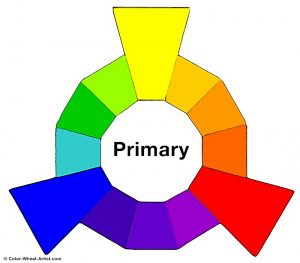
The numbers represented in the color wheel at the bottom of the work address perception and representation. Each number from 0 to 9 is superimposed one over the other, scaled to fill the delineated space in 6 rectangles. While each number is visible, each is difficult to discern individually. Their forms are created from stencils, further challenging perceptions between the connection of high-art with the banal.
Johns’ transformation of everyday symbols into art objects reflects his interest in the nature and connections between “what the mind knows” and what the eye sees. His technical expertise in exploring these concepts results in this stunning and captivating work.
In the Fall of 2020, both the Whitney Museum of American Art and the Philadelphia Museum of art will be collaborating with the artist in an unprecedented joint retrospective of Jasper Johns’ career.












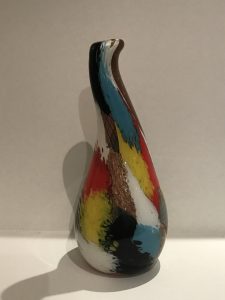
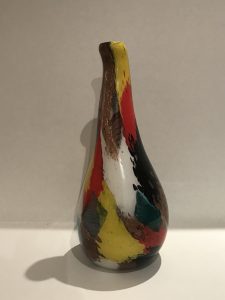


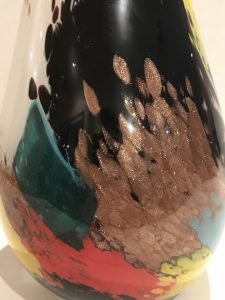

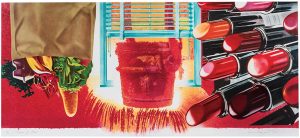

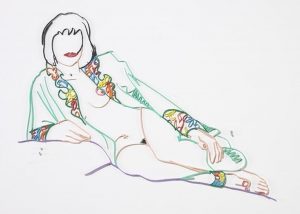 Tom Wesselmann
Tom Wesselmann
